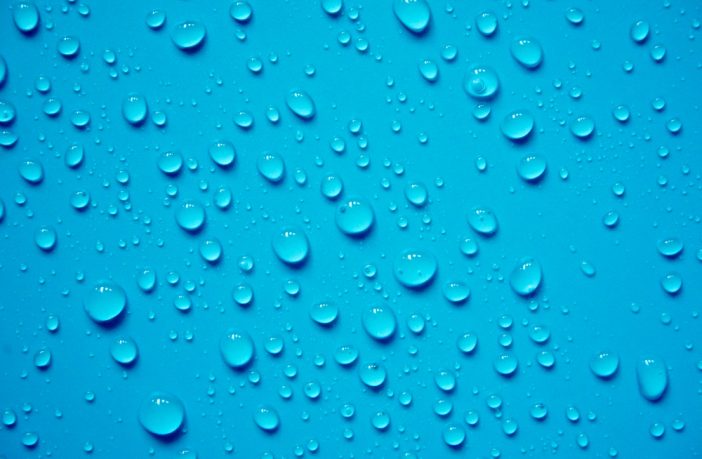Scientists at The Open University (OU) and Northumbria University have discovered a new process called ‘snap evaporation’ – that controls how liquid droplets dry by adjusting their shape and size. This is important because it could affect many everyday tasks, such as minimising watermarks on cars and removing heat from microprocessors within smartphones and computers.
It’s hard to control evaporating droplets
While it seems simple, the research, published today in Nature Communications, explains that until now, controlling evaporating droplets on a solid surface and the way watermarks appear is difficult to predict and control. This is because the shape and location of a droplet as it evaporates is unpredictable. This limits many applications, such as inkjet printing, where an ink droplet can leave a distorted shape on paper, and micro-engineering, where watermarks can spoil the performance of delicate microstructures.
Discovering the snap evaporation process
OU Lecturer Dr Marc Pradas explains: “During evaporation, the mass of a droplet changes, so this stable drop shape and position becomes unstable. At this ‘bifurcation’ point, the droplet must change its shape and position. In this study, we were able to control the way droplets dried for the first time, using simple variations on the surface.”
“We 3D-printed a wavy pattern and covered its rough surface with a thin lubricant layer to create an ultra-smooth surface,” he continues. “The wavy surface we created acts as a steering wheel, making the droplets ‘snap’ at specific points, changing their position and shape – a phenomenon called ‘snap evaporation’. This guides the droplet to the next stable configuration after a snap has occurred. It’s exciting because it allows us to control the way the droplets dry.”
Watch this snap evaporation process in action:
It could impact many everyday things
This research could have an impact on many everyday applications. Snap evaporation could be used to develop self-cleaning and self-sterilising surfaces in hospitals and our homes. The team are working with Jaguar Land Rover to develop new ways to minimise watermarks on the surfaces of cars, and with Sustainable Energy Systems to improve the efficiency of heat-removal systems used in micro-processors. It could be used in microdevices where controlling droplet motion is important, such as microchemical reactions, and transporting and mixing fluids.
And it’s attracted new research funding
Dr Pradas is now taking this work to the next level thanks to £200,000 new funding from the Engineering and Physical Sciences Research Council (EPSRC). In this grant, Dr Pradas will study how surfaces could be designed and used in this process, and how they affect droplet size and motion.



